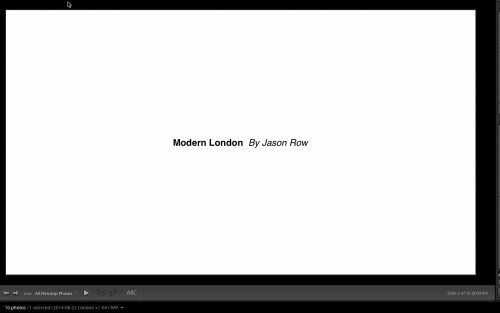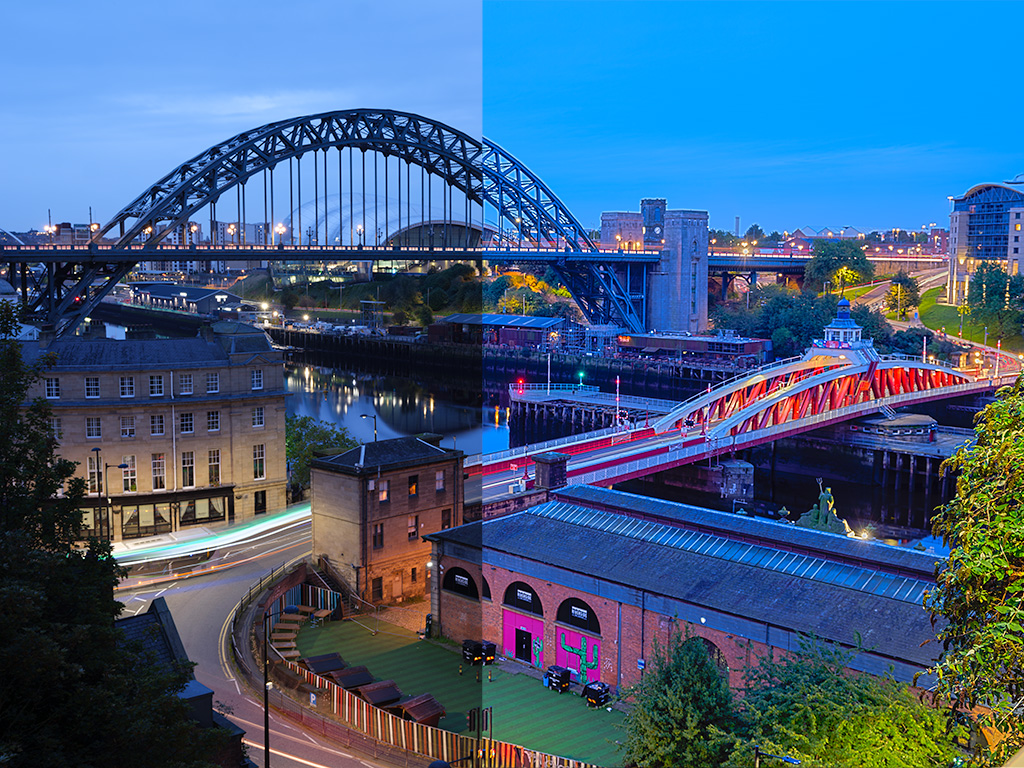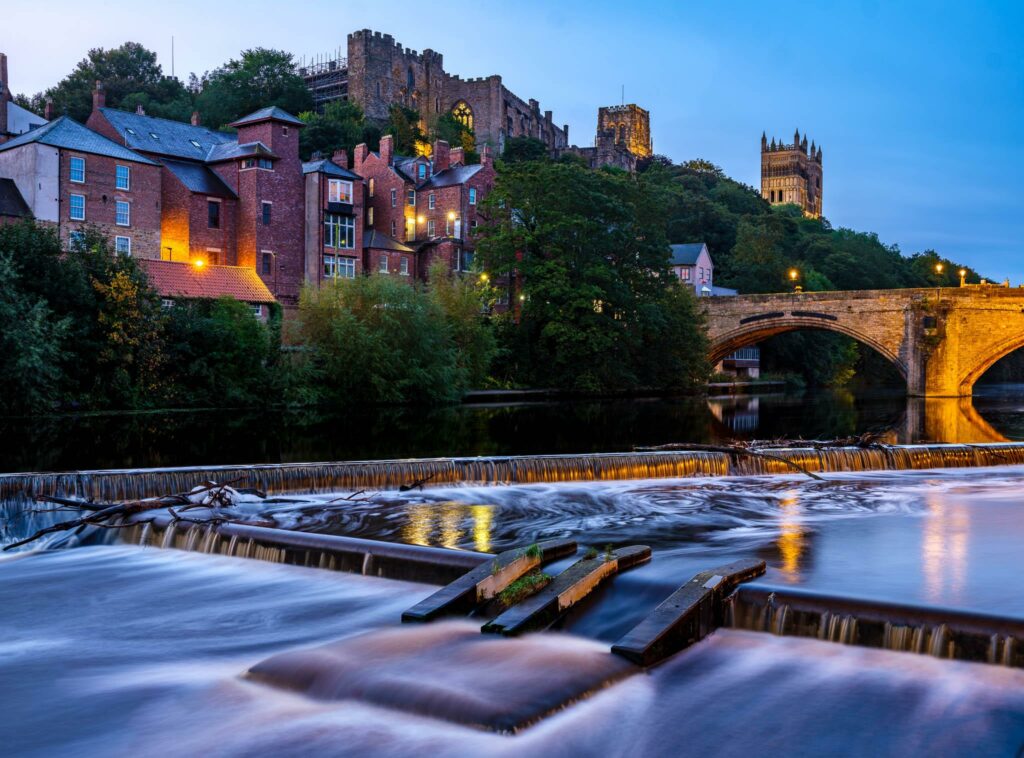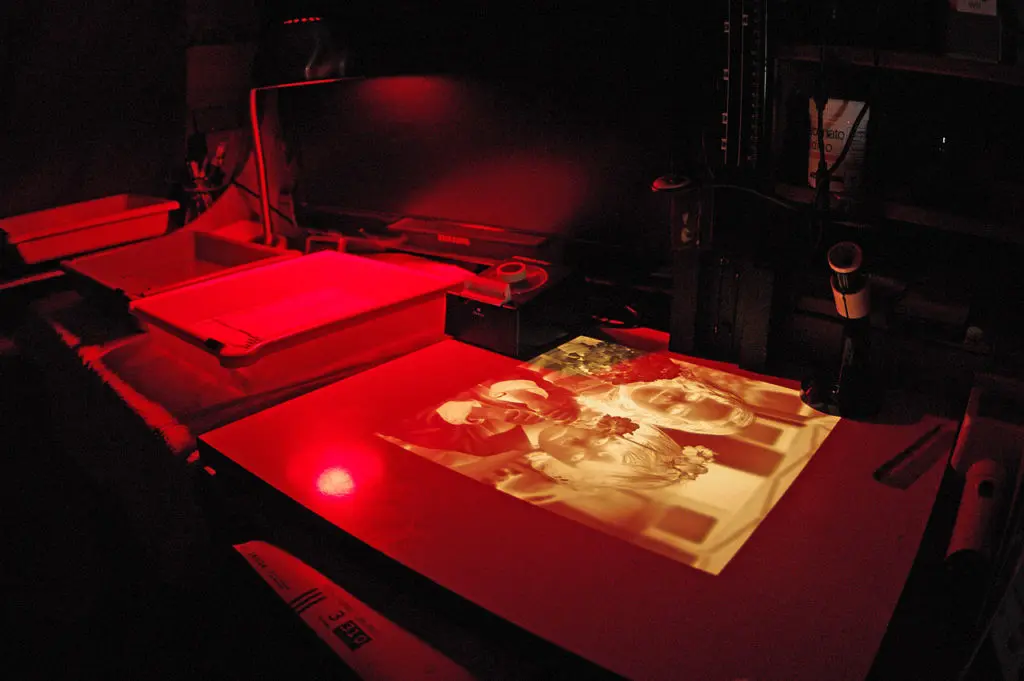Ok, lets cut to the chase. For those of us of a certain age, photographic slide shows conjure up an image of sitting through badly edited holiday snaps in the smokey living room, whilst a soon to be ex-friend explains the benefits of using Velvia over Ektachrome to capture the many delights of Benidorm. The dull clunk of the aged slide projector as it advances through image after image would be the most exciting part of the evening.
Fortunately whilst it is easy to replicate those days with digital, it is actually much easier to create engaging, interesting and creative slideshows that can showcase your work and make you a creative superstar, at least amongst your friends. Today we are going to look at some hints and tips of making good slideshows.
The Software
There is an abundance of dedicated slideshow software available both for Mac, Windows and Linux. Some of it is payware, some, open source, most of it is pretty good. You may even have some slideshow software if you own something like Aperture or Lightroom, both of which have it built in. You can even quite easily use video editing software to create slideshows, I have routinely used Apple’s Final Cut Pro X. The advantage of video software is that it is highly flexible, has a multitude of built in transitions and effects and is easy to add in soundtracks and narrations.
Think about what you want to achieve from your slideshow and look for suitable software. You don’t need top end programs if all you want to do is dissolve between a few slides, however if you want a fast moving, engaging, cinematic like experience, you will need something more advanced.
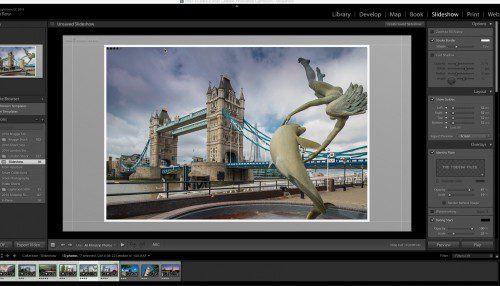
Edit and Edit Some More
Before you create anything, have a clear idea in your mind as to what you want to achieve. Is the slideshow a to showcase your landscapes? Maybe you want to show off a certain technique, or create an educational slideshow. Have in your mind what you want to show and equally as important, what your audience will learn from the show.
Whilst it is easy to just select all the available images you have, think of the creation as more like producing a portfolio. Pick only relevant, creative and technically good shots. Don't forget that switching from a landscape to a portrait format in the middle of the show can be very jarring to the viewer. If you have portrait format images that you would like to include, make sure they can be cropped to the landscape format and maintain the relevant information.
Once you have selected the images, take another look through and remove any further shots that are not up to scratch.
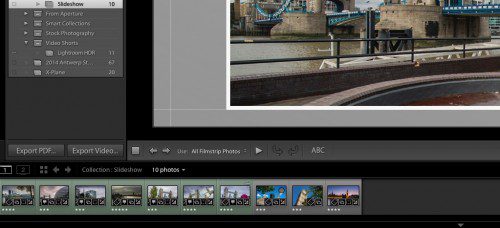
Creating the Slideshow.
A good slideshow should do two main things. Tell a story, and lead the viewer’s eyes on a visually interesting journey. Use an image management app such as Lightroom to layout the images in a rough story order. Once you start to build the actual slideshow, look how the images interact with each other, avoid clashing prominent colors or moving the subject matter from one side of the screen to the other too often or quickly. Try to find images that gel together will, moving the viewers eye subtly around the screen. Many slideshow apps will also allow you to create movement in images such as pans and zooms. This can add a sense of dynamism to your shows if used carefully.
Think about the pace of the slideshow, if you are showcasing beautiful landscapes then a use a slower pace, allowing the viewer’s eye to saviour the detail. If its your studio fashion images you might go for a faster more contemporary pace. Choose the transitions carefully. A simple dissolve is still the most elegant way to move between images but there are plenty of other choices. Some will work very well, some may look very tacky. The transition is as important as the two images it changes.
Lastly think about the length of the slideshow. Remember your ex-friends long and tedious shows from yesteryear, if you make your slideshow much longer than 15 minutes you will loose your audience. If your subject matter warrants longer, break the shows into two and speak in between. Otherwise 5-10 minutes is a the optimum time.
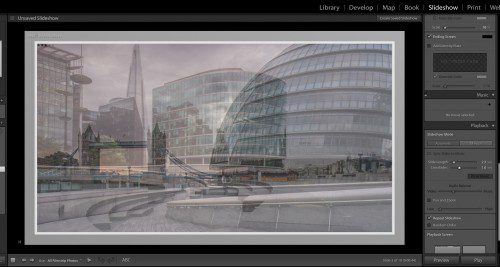
Adding Interest
As well as the basic slideshow, you can choose to add an audio track, narration or both. Find a soundtrack that suites the subject and time the slides to the pace and beat of the music. Be aware that if you want to upload the slideshow to video sites like YouTube or Vimeo, you will need permission to use the music. Options for this are to license some royalty free tracks or find some Creative Commons released music. The later will usually require a credit in the end titles but will be free.
If you plan to narrate the slideshow, write a script and record it whilst view the show. This will help with the pacing. Remember also that the narration should be a compliment to the images not an explanation, the image itself should do that.
Another finishing touch is to add opening and closing titles and captions where needed. Keep them brief and make sure that they sit well visually with the theme of the show.
Exporting
Once you have finished the show, it is time to export. The best way to do this is to export to a high quality video format such as mp4. Try to keep the quality and size settings at their highest. Slideshows look notoriously bad when compressed, with artifacting a common issue and color banding another potential problem. If uploading to a website, remember that you will need licenses for any music used.
As photographers we are visually communicative people. We should always be looking to maximise the way we display our images to our audiences and unlike the slideshows of past, a good modern digital slideshow is an excellent way to do that.
